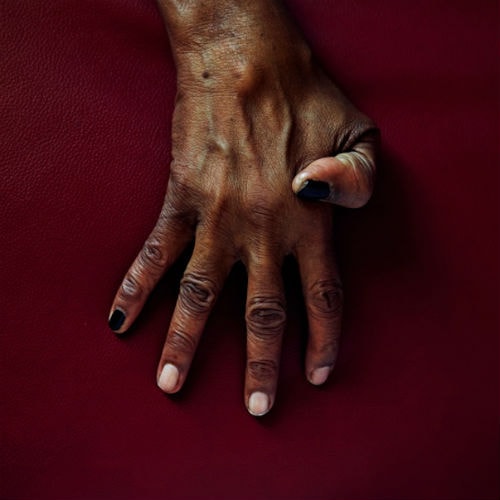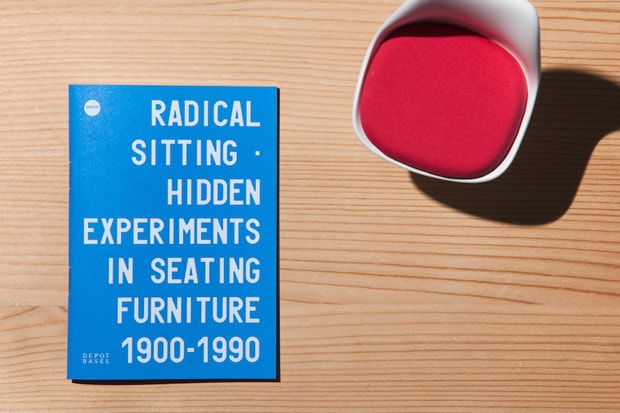Dieter Rams' "10 Commandments of Good Design" Speech
Influential designer Dieter Rams has been an instrumental factor in a number of projects and brands

Influential designer Dieter Rams has been an instrumental factor in a number of projects and brands over the years – having been a driving force behind Braun Electronics as well as his immense impact on Apple’s Jony Ive. It’s perhaps his lesser known work with smaller company Vitsœ – the British manufacturer that has been producing Rams’ modular shelving system for 50 years – where his greatest work stemmed from. To mark his 80th birthday, Vitsœ has released the transcript from Rams’ speech delivered in New York in 1976, in which he articulates his ethos of user-centered creations and some of his famous 10 commandments of design. Choice excerpts from the speech appear below while the entire oration can be read at Vitsœ.
Ladies and gentlemen, design is a popular subject today. No wonder because, in the face of increasing competition, design is often the only product differentiation that is truly discernible to the buyer.
The introduction of good design is needed for a company to be successful. However, our definition of success may be different to yours. Striving for good design is of social importance, as it means, amongst other things, absolutely avoiding waste.
The ideas behind my work as a designer have to match with a company’s objectives. This principle applies to my work not only at Braun but also at Vitsœ. I have been working for these two companies for about 20 years and–I like to point out–only for these two companies.
I am convinced that design–at least in the terms I understand it–cannot be performed by someone outside the company. I am absolutely convinced that this is true if products are designed as part of a larger system, like we do at Vitsœ.
In 1957 I began to develop a storage system that formed the basis of the company Vitsœ, which was founded in 1959. Thus the ideology behind my design is engrained within the company.
I am convinced that a well-thought-out design is decisive to the quality of a product. A poorly designed product is not only uglier than a well-designed one but it is of less value and use. Worst of all it might be intrusive. The development and changes that we have initiated with our work at Vitsœ are, I believe, positive for the development of good design as a whole.
The introduction of good design is needed for a company to be successful. However, our definition of success may be different to yours. Striving for good design is of social importance as it means, amongst other things, absolutely avoiding waste.
What is good design? Product design is the total configuration of a product: its form, color, material, and construction. The product must serve its intended purpose efficiently.
A designer who wants to achieve good design must not regard himself as an artist who, according to taste and aesthetics, is merely dressing up products with a last-minute garment. The designer must be the gestaltingenieur or creative engineer. They synthesize the completed product from the various elements that make up its design. Their work is largely rational, meaning that aesthetic decisions are justified by an understanding of the product’s purpose.
I am convinced that people have an interest in what we are doing at Vitsœ since our products are useful; I expect they also appreciate the aesthetic that follows. These qualities are the result of progressive and intelligent problem solving. Functionality must be at the center of good design.
A product must be functional in itself but it also must function as part of a wider system: the home. Vitsœ’s 606 Universal Shelving System is successful due to its high functionality and its ability to adapt to any environment. Vitsœ’s furniture does not shout; it performs its function in relative anonymity alongside furniture from any designer and in homes from any era. We make the effort to produce products like this for the intelligent and responsible users–not consumers–who consciously select products that they can really use. Good design must be able to coexist.












